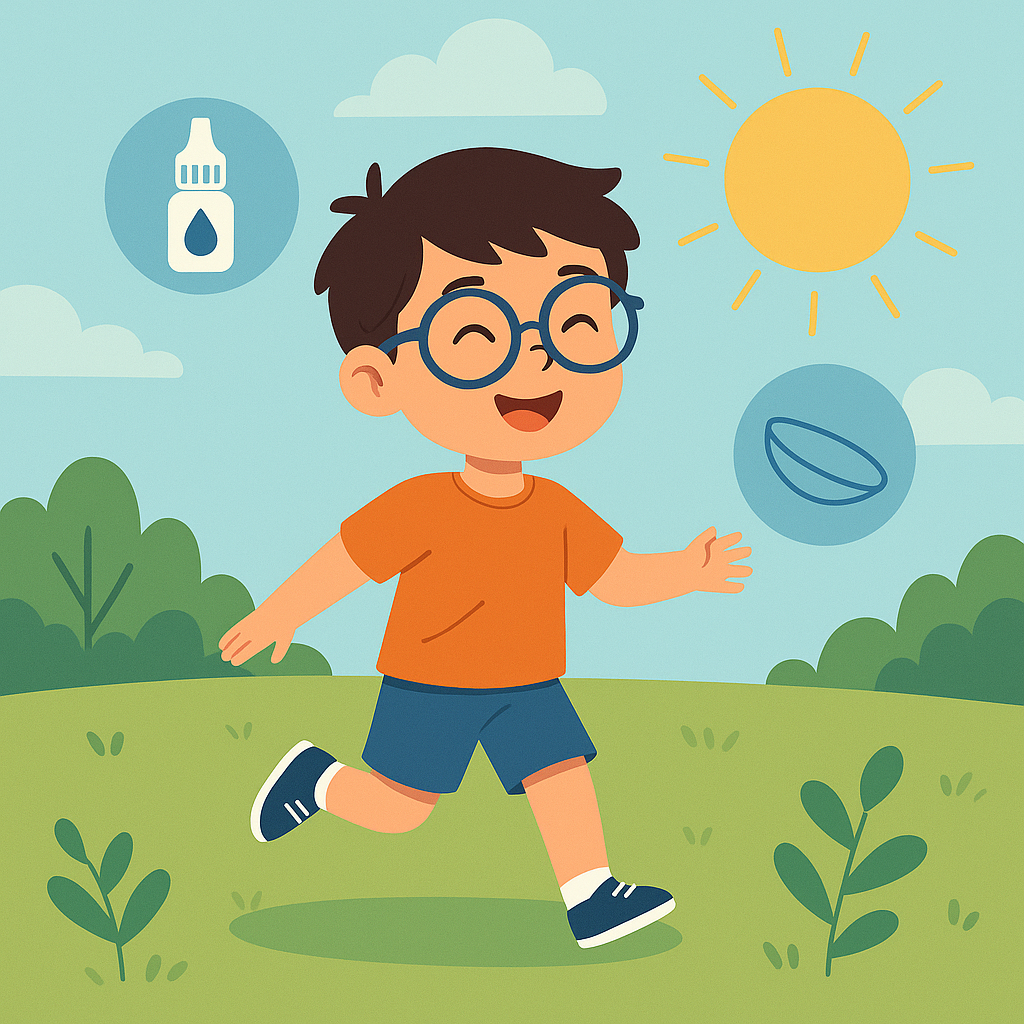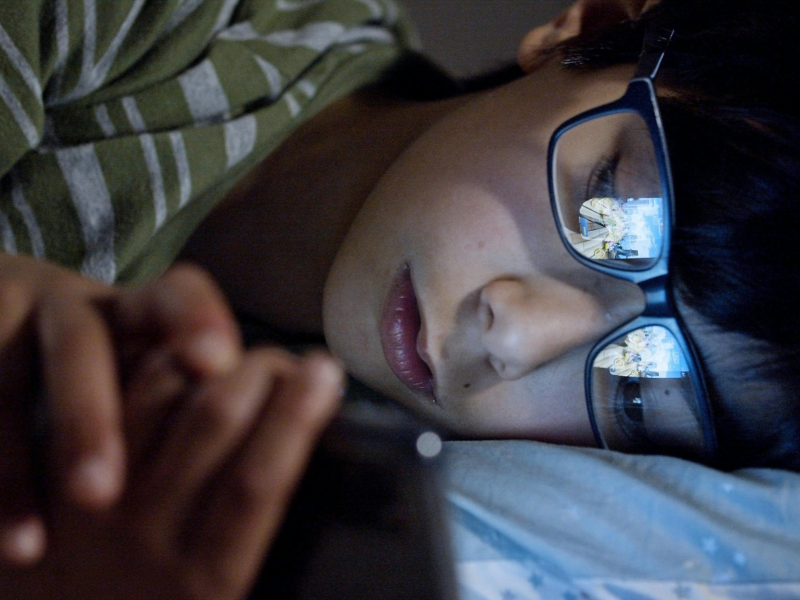👁️ Introduction
Myopia, also known as nearsightedness, is becoming increasingly common among children worldwide. Experts predict that by 2050, nearly 50% of the global population will be myopic. While glasses and contact lenses correct blurry vision, they don’t stop the progression of myopia.
The good news? Parents now have access to proven myopia control strategies—including low-dose atropine eye drops, orthokeratology (Ortho-K) lenses, and increasing outdoor time—that can slow down or even halt worsening eyesight in children.
This article explores the science, benefits, and risks of each method to help you make the best decision for your child.
🔎 What is Myopia?
Myopia is a refractive error where distant objects appear blurry, while near objects remain clear. It occurs when the eyeball grows too long, or the cornea is too curved, preventing light from focusing correctly on the retina.
👉 Learn more about common vision problems in our guide: Eye Conditions & Treatments: A Complete Guide to Common Vision Problems.
⚠️ Why Myopia Control Matters
Uncontrolled myopia in children can progress quickly, leading to high myopia, which increases the risk of:
- Retinal detachment
- Glaucoma
- Cataracts
- Macular degeneration
Preventing progression is essential for lifelong eye health.
📌 See also: Preventing Vision Loss: Comprehensive Guide to Protecting Your Eyesight Naturally.
💧 Atropine Eye Drops
Low-dose atropine drops (0.01%–0.05%) have been shown in clinical studies to significantly slow myopia progression in children.
Pros:
- Easy to use (one drop at night).
- Safe at low doses.
- Supported by strong clinical evidence.
Cons:
- Potential side effects: mild light sensitivity, difficulty focusing up close.
- Requires ongoing use and regular follow-ups.
👉 For kids with eye allergies, consult your doctor before combining atropine with allergy treatments: Eye Allergies: Causes, Symptoms, and Effective Relief Strategies.
🌙 Orthokeratology (Ortho-K)
Ortho-K involves wearing specially designed contact lenses overnight to gently reshape the cornea. This provides clear vision during the day without glasses or contacts, while also slowing myopia progression.
Pros:
- Effective for many children.
- No glasses or daytime lenses needed.
- Great for active kids and sports.
Cons:
- Requires excellent hygiene.
- Higher cost than glasses or atropine.
- Small risk of infection if not cleaned properly.
👉 Related: Contact Lenses vs Glasses: Pros, Cons, and Best Choice for Your Lifestyle.
🌞 Outdoor Time and Lifestyle Habits
Studies show that 2+ hours of outdoor play daily can significantly reduce the risk of developing myopia. Natural light stimulates healthy eye growth and reduces strain caused by near work.
Tips for parents:
- Encourage outdoor play instead of screen time.
- Limit close-up tasks (phones, tablets, prolonged reading).
- Promote good posture and adequate breaks. see: Digital Eye Strain: Causes, Symptoms, and Proven Prevention Tips.
⚖️ Comparing Myopia Control Options
| Method | Effectiveness | Cost | Ease of Use | Risks |
|---|---|---|---|---|
| Atropine | High | Low–Medium | Easy | Minor |
| Ortho-K | High | High | Moderate | Infection risk |
| Outdoor Time | Moderate | Free | Easy | None |
🩺 Long-Term Eye Health Considerations
Slowing myopia early helps prevent future complications like glaucoma, retinal detachment, and cataracts. Regular eye exams are essential to track progression and adjust treatment.
👉 Related reading: Glaucoma: Causes, Symptoms, Prevention, and Treatment.
✅ Which Option is Best for Your Child?
The best myopia control strategy depends on:
- Age and myopia progression rate.
- Comfort with contact lens hygiene.
- Parental involvement.
- Lifestyle habits (indoor vs outdoor).
📌 Many doctors recommend combining treatments—such as atropine + outdoor time, or Ortho-K + reduced screen use—for maximum benefit.
🙋 FAQs
Q1: At what age can children start Ortho-K?
👉 Typically from age 6+, depending on maturity and ability to handle lenses.
Q2: Are atropine drops safe for long-term use?
👉 Yes, low doses are considered safe with minimal side effects.
Q3: Can my child stop myopia treatments once vision stabilizes?
👉 Usually yes, but always under medical supervision.
Q4: How much outdoor time is enough?
👉 Aim for at least 2 hours daily.


